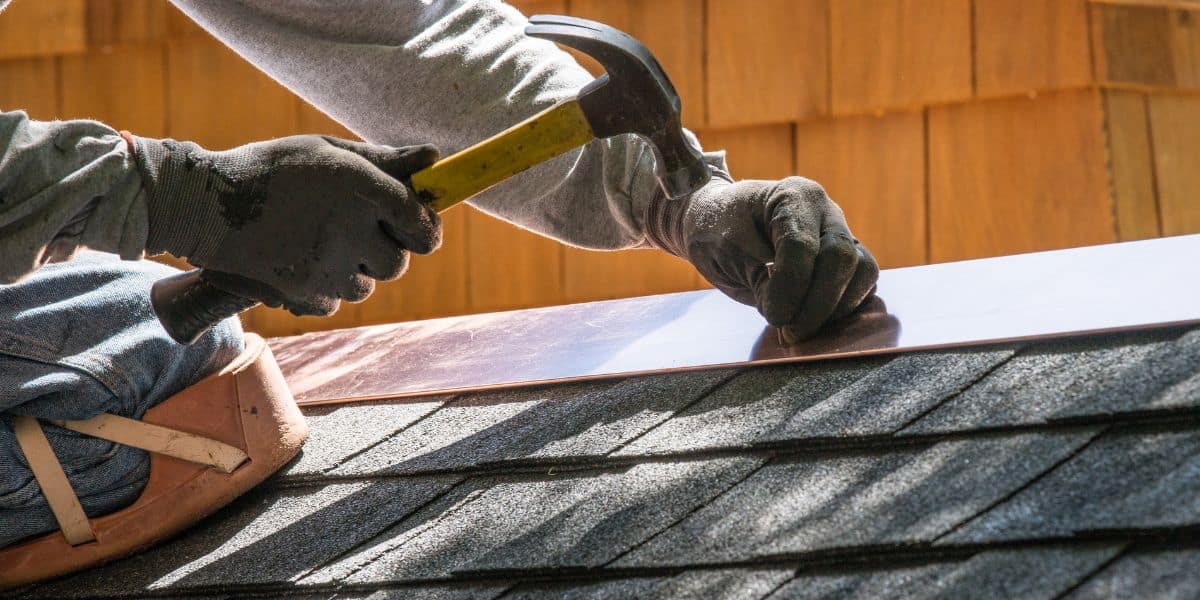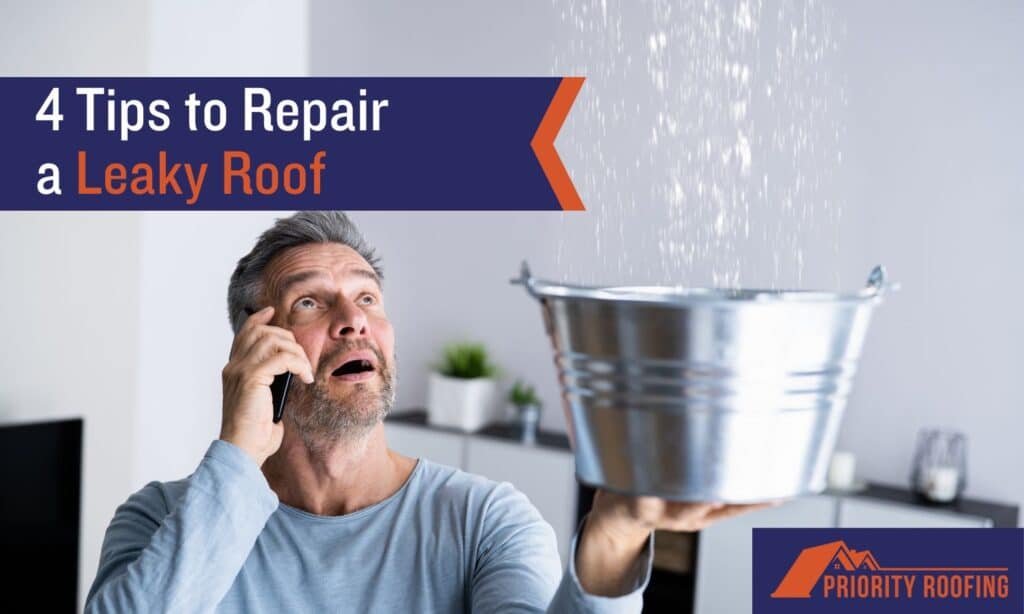Roof repair can be done easily with asphalt shingles. Simply locate the leak, and seal it correctly. These four steps will allow you to repair the roof leak without having to hire a professional.
Tom Bollnow is the senior director of technical service at the National Roofing Contractors Association. According to him, asphalt shingles account for almost 70 percent of all domestic roofing installations. Asphalt shingles are popular for a good reason. They’re lightweight, durable and attractive.
Even the most advanced asphalt shingles can have problems over time. Fortunately, asphalt shingle roofing is the easiest to repair. Curled shingles are simply flattened, re-secured and replaced. Asphalt shingles also make it easy to detect a serious roof problem. If you follow the four steps outlined below to repair a leaky roofing system, your problem may be short-lived.
To fix a roof leak, you have to find its source. And doing so quickly is essential so the leak does not damage the roof decking. Unfortunately, finding the roof leak is not always as straightforward as you may imagine. If you have water dripping from your ceiling, the source of the leak may be directly above the water, or it may be several feet away.
What causes a roof leak?
Some of the most common roof leak causes include an aging roof, broken or missing shingles, clogged gutters, and chimney damage. If these roof problems are neglected, it can be disastrous for the structure of your home. While you may want to save yourself money or avoid spending the time to fix the issue, be forewarned—not addressing the leak could end up costing you far more money in the long run.

How to fix a roof leak
Now that we’ve talked about how to find a roof leak, let’s take a look at how to fix it.
1. Find the roof leak
You can use binoculars and a notepad to find the roof leak if you notice that it is leaking. Check for curled, missing, or cracked shingles. Anywhere where the shingles meet, or caulking has been compromised can cause leaks. Check the end caps, which are the tent-shaped shingles covering the angular peaks on the roof.
2. Curled shingles should be secured
You can re-secure curled-back shingles by applying a layer of asphalt roofing compound or its equivalent in tubes to be used with a caulk gun. Apply a generous amount to the underside shingles to secure the corners and edges. Press firmly until it sets.
When resolving problems, remember that shingles are more flexible in warmer weather.
3. Replace missing or damaged shingles
Replace shingles that are missing, cracked or rotten. (Provided you have replacement shingles). Remove a damaged shingle by lifting the edges of surrounding shingles. Use a pry bar to carefully remove the nails. The shingle will slide out once the nails have been removed. Remove any cement residue from the roof. Also, level or remove protruding nails.
Round the corners of the new shingle with a utility knife before you replace it. It will be easier to align the shingle with the ones on either side if you round the corners of the back corner. After you’ve placed it, lift the corners and secure the new shingle with galvanized roofing nail 6d. Secure it by nailing each corner. Cover the nail heads in roof cement, and then smooth the edges of the overlapping shingles.

4. Fix the flashing
Re-seal joints with a caulk filled with roofing cement to repair leaks around chimneys and dormers caused by metal flashing. Apply a new coat of roofing cement to any joints that have been damaged by a previous line of roof cedar.
It may be necessary to hire a roofer if you need to replace an entire row or if shingles are lifting off the roof. Roofs that are in need of replacement will not last longer with spot repairs.
How to prevent a leaky roof
If you’re looking for a way to avoid having to fix a roof leak to begin with, then roof maintenance is the answer. Most problems with your roof, including leaks, can often be avoided by regular maintenance for your asphalt shingle roof. If done correctly, some issues can be completely avoided while others can be discovered early before they cause irreparable damage to your roof.

